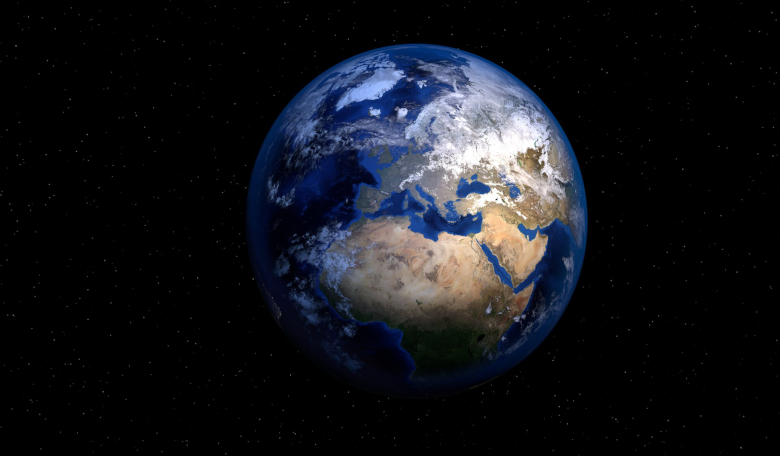Today marks the 51st anniversary of Earth Day. First celebrated in 1970, Earth Day sparked a wave of international action. In 2016, the United Nations chose this very day – 22 April – as the day when the landmark Paris Agreement was signed. Recognised as International Mother Earth Day by the United Nations, today reflects a day committed to understanding our planet’s health – protecting it for future generations to come.
For this year, EARTHDAY.ORG’s theme – the site dedicated to driving meaningful action for our planet – is Restore Our Earth™, which focuses on natural processes, emerging green technologies, and innovative thinking that can restore the world’s ecosystems. In this way, the theme rejects the notion that mitigation or adaptation are the only ways to address climate change.
We all need a healthy Earth to support our jobs, livelihoods, health & survival, and happiness. A healthy planet is not an option — it is a necessity.
For example new research supported by ESA and using different satellite measurements of various aspects of seawater along with measurements from ships has revealed how our ocean waters have become more acidic over the last three decades - and this is having a detrimental effect on marine life.
Similarly, glacial melting due to global warming is likely the cause of a shift in the movement of the poles that occurred in the 1990s. The locations of the North and South poles aren't static, unchanging spots on our planet. The axis Earth spins around-or more specifically the surface that invisible line emerges from-is always moving due to processes scientists don't completely understand. The way water is distributed on Earth's surface is one factor that drives the drift.
Melting glaciers redistributed enough water to cause the direction of polar wander to turn and accelerate eastward during the mid-1990s, according to a new study in Geophysical Research Letters.
"The faster ice melting under global warming was the most likely cause of the directional change of the polar drift in the 1990s," said Shanshan Deng, a doctoral student at the Institute of Geographic Sciences and Natural Resources Research at the Chinese Academy of Sciences, the University of the Chinese Academy of Sciences and lead author of the new study.
More than 1 billion people in 192 countries now participate in Earth Day activities each year, making it the largest civic observance in the world. To be a part of Earth Day and to help further climate action across the globe, head over to Earthday.org for some inspirational ideas.











